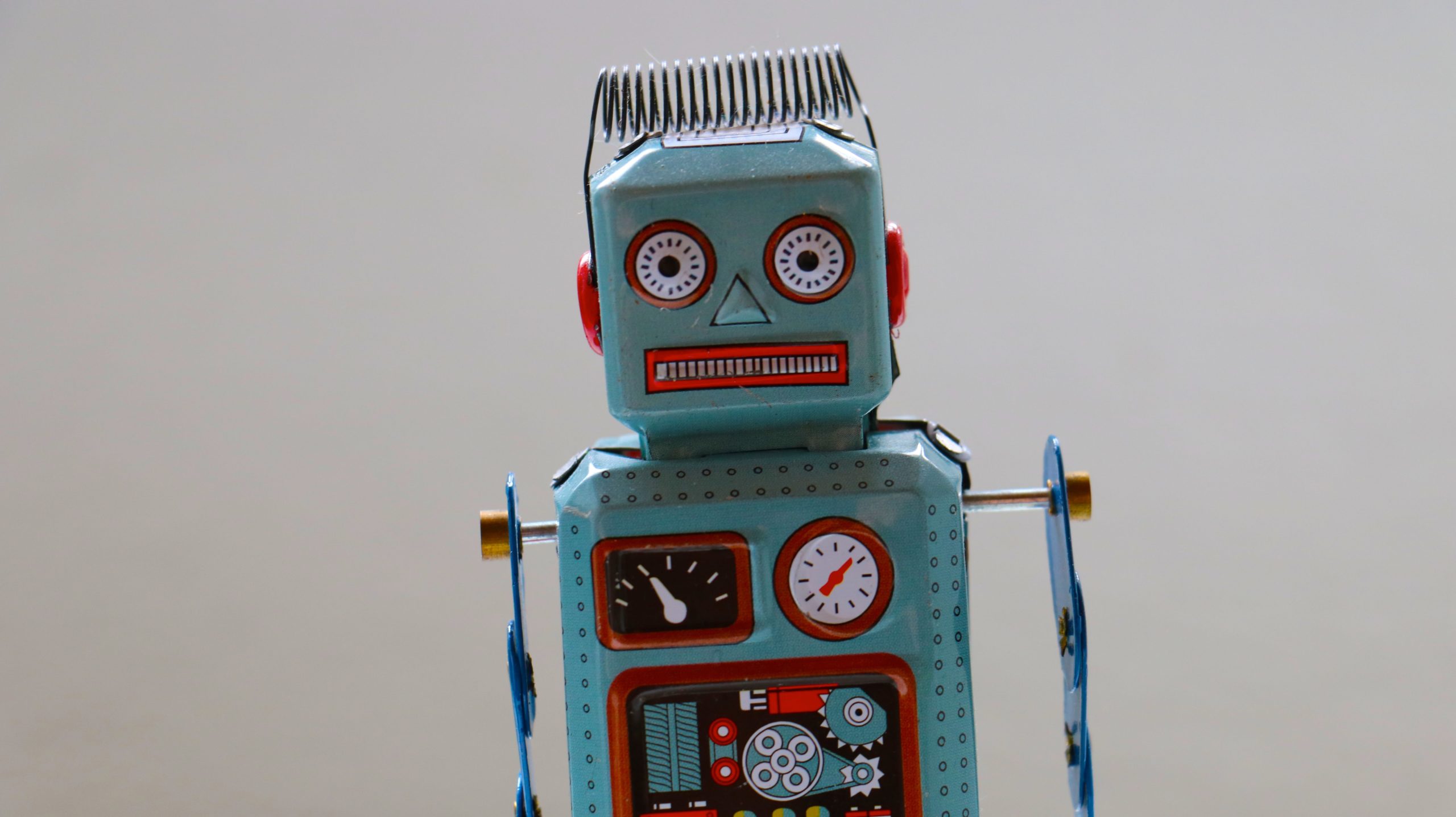More industries are now relying on collaborative robots (cobots) to help in their business processes.
ABI Research reported that the Collaborative Robotics market will become mainstream over the next 10 years. They said the yearly revenue for cobots will reach USD 11.8 billion by 2030, a significant increase from USD 711 million in 2019.
What do collaborative robots mean?
Robotic automation has proven it can improve the consistency and quality of manufacturing.
Contrary to popular belief, cobots work together with human workers instead of replacing them.Also, cobots can help companies to re-shore manufacturing operations. As for SMEs, cobots were found to be the best way to automate processes without breaking the bank.
The International Federation of Robotics (IFR) revealed there is a growing demand for robotic automation in many industries in 2020. Here are some of them:
Auto industry
The first industrial robot was employed in a car factory almost 60 years ago.
Now, car manufacturers are using cobots on tasks that require a more delicate, more controlled force, like sanding a car for painting. Likewise, car factories now rely on cobots for other tasks like welding, pouring molten metal, transferring metal stamps, windshield installation and wheel-mounting.
Groupe PSA, Europe’s second-largest car manufacturer, has been utilizing cobots to increase factories’ performance and reduce production costs. The company saw between400,000 to 1,600,000 Euros in initial savings in 2018. They also said their robotic assembly system improved worker ergonomics in their factories.
Electronics industry
The collaborative robots market in the electrical and electronics industry is expected to grow phenomenally, according to Market Watch. They said more businesses, from big electronics manufacturers down to SMEs, are deploying more cobots to assist the human workforce.
Paradigm Electronics, a Canadian electronics provider, uses cobots to carry out tasks like performing quality checks on loudspeakers. They said cobots led to a 50 percent increase in productivity, with no job losses reported. They said operators who had previously carried out these tasks before have been promoted to robot programmers.
Rubber and plastics industry
According to the Robotic Industries Association (RIA), the most significant year-over-year robotics growth occurred in the plastics and rubber industry, tallying a 37 percent increase from 2017 to 2018.
In this industry, cobots can be used in areas such as deburring, PCB loading and unloading and pick and place tasks.
At KAM Plastics Corp in Holland, the introduction of cobots reduced labor costs in their processes. Cobots are used in moving plastic parts from one system to another and performing quality control.
Food and beverage industry
Cobots are utilized in pick and place tasks or in follow-the-line applications. Cobots have offered manufacturers maximum efficiency through performing food preparation and packaging processes.
Atria, a Northern European manufacturer of vegetarian and gourmet food products, uses cobots to replace a bulky packaging machine that used to occupy half the space on the packaging floor.Likewise, packaging certain products went from six hours to 20 minutes thanks to the incorporation of cobots.
Just a few decades ago, it seems like working with robots was just a pipe dream. Now, these technological marvels work side by side with humans to deliver better business performance.





